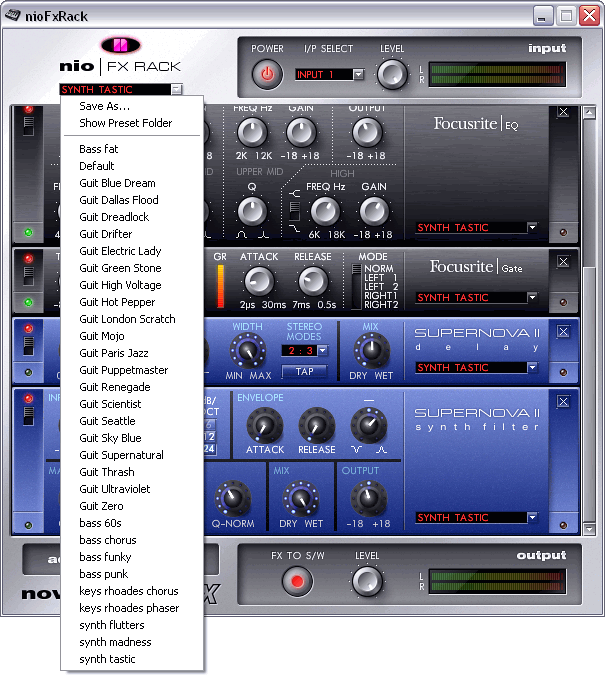

In general, you shouldn’t need to change its That triggers the creation of a new connection when the pool is not at tNewConnectionThreshold determines the threshold REMOTE, 4 ) įor convenience, core and max can be set simultaneously: poolingOptions. setCoreConnectionsPerHost ( HostDistance. These values can beĬonfigured independently by host distance (the distance is determinedīy your LoadBalancingPolicy, and will generally indicate whether a Number of connections, and at most a max number. Pool sizeĬonnection pools have a variable size, which gets adjusted automaticallyĭepending on the current load. getPoolingOptions () // customize options. Reference to the PoolingOptions instance, here’s how you can get it: PoolingOptions poolingOptions = cluster. Most options can also be changed at runtime. You can pass that object whenīuilding the cluster: PoolingOptions poolingOptions = new PoolingOptions () // customize options. protocol v3 or above: up to 32768 stream ids per connection.Ĭonnections pools are configured with a PoolingOptions object, which.protocol v2 or below: 128 stream ids per connection.The number of connections per pool is configurable (this will beĭescribed in the next section). Not ignored by the load balancing policy). You simply interact with a Session object, which takes care of it.įor each Session, there is one connection pool per connected host (a host is connected when it is up and You don’t need to manage connections yourself. The point where your ResultSetFuture will get completed). Trigger a callback that will complete the corresponding query (this is
#Nio 2 4 drivers driver
This response also contains the stream id, which allows the driver to

This dimming output can be controlled in many ways.The driver communicates with Cassandra over TCP, using the Cassandraīinary protocol. This provides a simple cost-effective method of adding additional dimming zones to a room and/or making every fixture individually controllable. When used as an addressable dimming output, the nIO D can control standard (non-DALI) 0-10 VDC dimmable ballasts / LED drivers. Time Delay Sweep Mode: Initiates an occupancy time delay sweep (i.e., temporarily sets timers to 0, 5 (default), 10, 15, 30 sec or 1 min) When used to read a 0-10 VDC dimming signal, the nIO 1S can control any dimming output within its zone. Remote Scene Mode: Requests the Gateway to run a system profile on non-local devices or zones Local Scene Mode: Initiates a scene to run on its local zone Wall Pod Mode: Turns relays on/off within its zone When a contact closure is detected, the nIO 1S can operate in one of several modes: The nIO D / nIO 1S comes standard in an inline wired housing or with a 1/2 chase nipple for mounting to a luminaire or junction box knockout (KO option). Class 2 interface wires are present with each unit: an input or an output wire, and a common/ground. NIO D / nIO 1S devices wire into any zone of nLight devices (sensors, power packs, WallPods) using CAT-5 cabling. Additionally, the nIO 1S can read a 0-10 VDC dimming control signal from non-nLight dimming photocells and wall dimmers. The nIO 1S is an input device that detects a toggle or momentary dry contact closure switch.

The nIO D is an output device that controls the dimming level of 0-10 VDC dimming ballasts / LED drivers. The nLight nIO D / nIO 1S is a low voltage device that interfaces and provides network addressability for a variety of non-nLight devices.


 0 kommentar(er)
0 kommentar(er)
